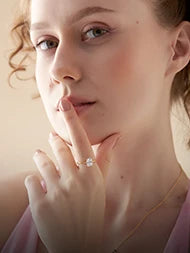When you buy a diamond, whether it’s Lab Grown or Mined, you’re not just buying something sparkly. You’re buying something valuable, often symbolic, and something you’ll pass on one day. And like any important investment, you want to know exactly what you’re getting. That’s where certification comes in.
One of the most trusted names in the diamond world is IGI, the International Gemological Institute. Their certificates are widely recognized and respected in the industry. But if you’ve ever looked at one, you might’ve found yourself staring at a grid of numbers, abbreviations, and diagrams that don’t exactly read like plain English.
So let’s break it down.
Why an IGI Certificate Matters
Before diving into the details, it’s important to understand what this certificate actually is. In simple terms, it’s a report, a technical, unbiased summary of your diamond’s quality. It doesn’t assign emotional value or market worth. What it does is, evaluate your diamond using standard grading criteria that apply across the industry.
For Lab Grown Diamonds, this kind of third-party authentication is especially important. It clears up any doubts about the stone’s origin, quality, and characteristics, giving you peace of mind.
1. Identification Details
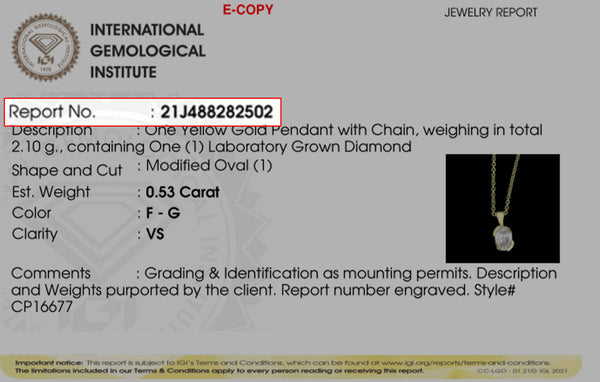
At the very top, you’ll usually find:
- Report Number: This is your diamond’s unique ID, kind of like a passport number.
- Date of Grading: When the diamond was examined.
- Laser Inscription: If your diamond has been inscribed with its IGI report number (on the girdle), it will be noted here.
These may not be the first things you check, but they’re important for verification and authenticity, especially if you ever want to resell or insure the stone.
2. Stone Description

Next comes a general overview of your diamond’s type and appearance:
- Shape and Cutting Style: Round brilliant, cushion, oval, etc.
- Measurements: Given in millimeters, this section lists the stone’s length, width, and depth, often to the hundredth of a millimeter.
It’s not just about shape preferences here. The proportions matter too. A stone that’s too deep or too shallow may not reflect light as well, affecting its overall brilliance.
3. The 4Cs - Carat, Color, Clarity, Cut
This is the part most people are familiar with, even if they’re new to diamonds.
Carat Weight
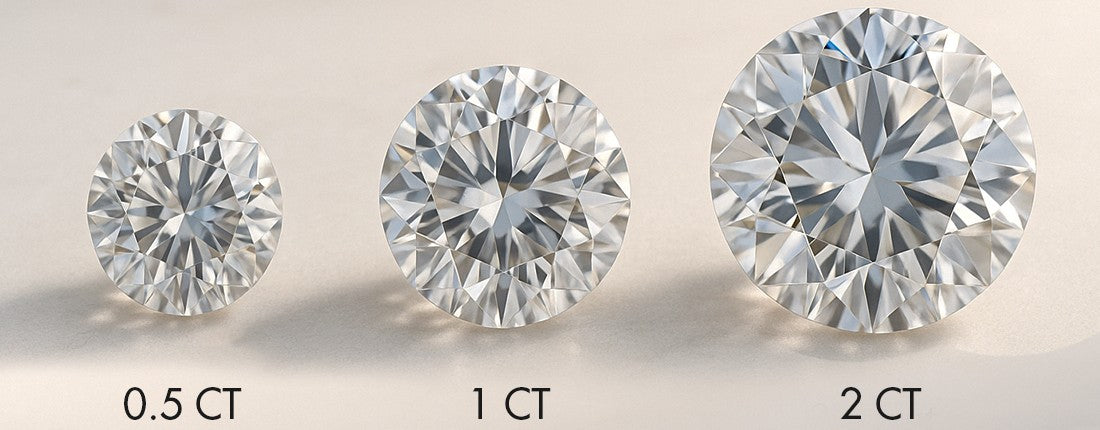
This refers to the physical weight of the diamond. One carat equals 200 milligrams. Bigger isn’t always better, but it’s definitely more noticeable (and more expensive). This refers to the physical weight of the diamond. One carat equals 200 milligrams. Bigger isn’t always better, but it’s definitely more noticeable (and more expensive). Carat weight can also affect how the diamond sits in a setting, influencing both comfort and style.
Color Grade
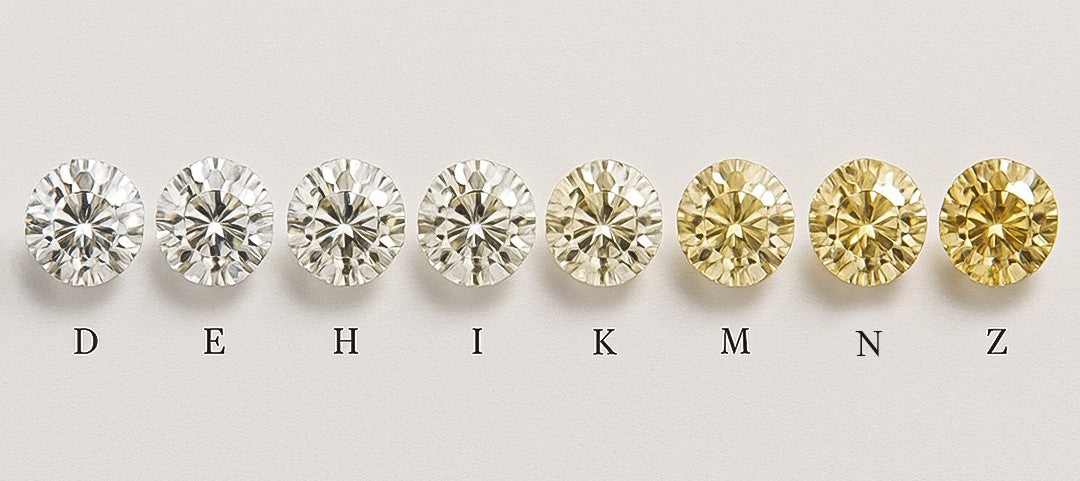
Diamonds are graded from D (colorless) to Z (light yellow or brown). For most shoppers, a diamond in the D to H range appears bright and white to the naked eye.
Lab Grown Diamonds often come in excellent color grades since they’re grown in controlled environments. Still, the IGI doesn’t pull punches; it grades Lab Grown and Mined Stones with the same standards.
Clarity Grade
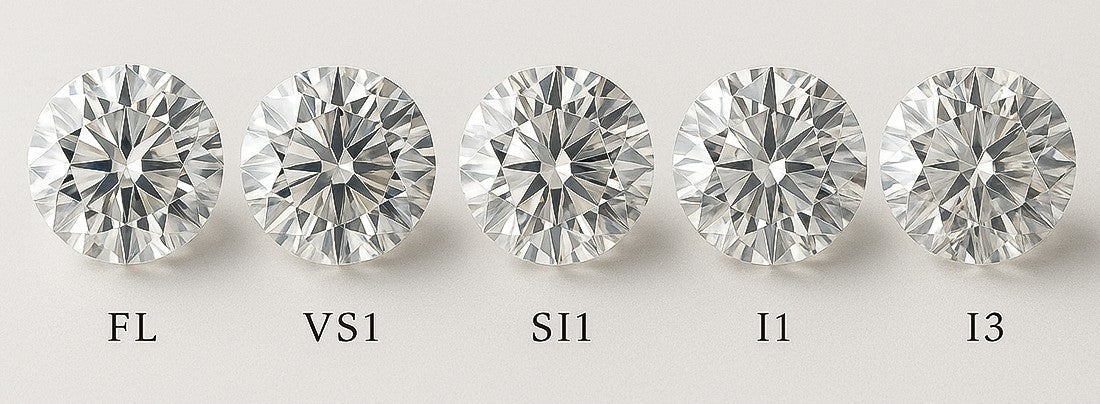
This measures the number and type of inclusions (internal flaws) or blemishes (external ones). Clarity is ranked from FL (Flawless) all the way down to I3 (Included).
Most diamonds have tiny imperfections, but many are invisible without magnification. A good clarity grade (VS or higher) usually ensures your diamond will look clean to the naked eye.
Cut Grade

Often misunderstood, this isn’t about shape, it's about how well the diamond’s proportions and facets interact with light. IGI uses a scale from Excellent to Poor.
A diamond with a high cut grade will appear more brilliant and lively. In fact, cut probably has the biggest impact on how beautiful the stone looks when worn.
4. Additional Grading Characteristics
This section dives deeper into how your diamond behaves visually and physically.
- Polish: How smooth the diamond’s surface is.
- Symmetry: How precisely the diamond was cut.
- Fluorescence: How the diamond reacts under UV light.
For example, a diamond with “Very Good” polish and “Excellent” symmetry will reflect light more evenly. As for fluorescence, a slight blue glow is common in some stones; it doesn’t always affect beauty or value, but it’s worth noting.
5. Clarity Plot and Cut Diagram
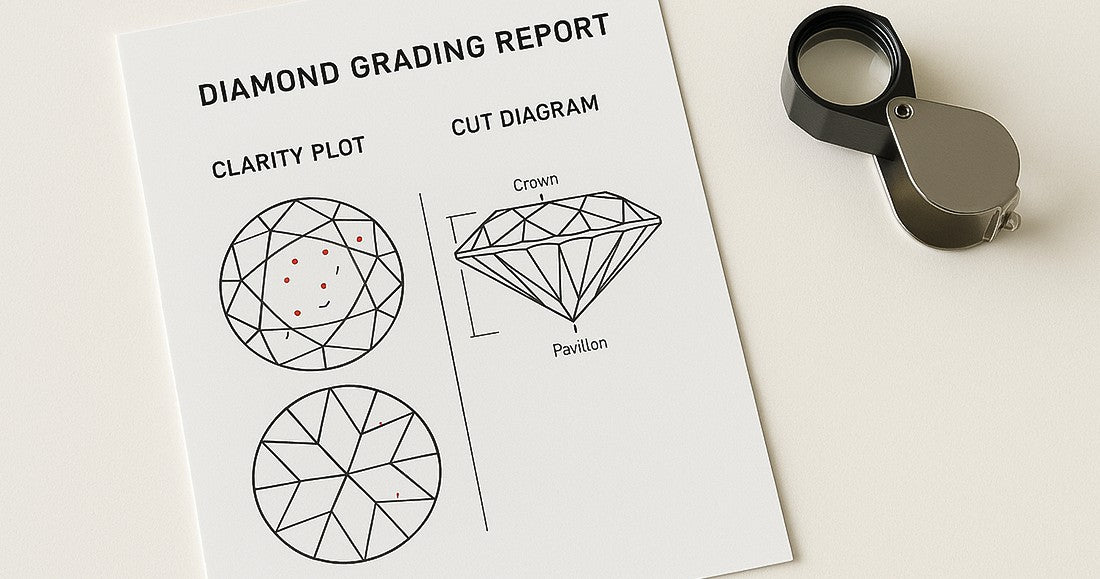
This is where the report gets visual.
The clarity plot is a simple diagram showing the placement and type of inclusions your diamond has. Think of it as a fingerprint. Two diamonds can have the same clarity grade but look totally different under magnification.
Next to it, you’ll usually find a cut diagram, showing the angles and proportions of the stone. This visual reinforces how well the diamond is cut and how balanced its shape is.
6. Comments and Observations
Sometimes, there’s a small section with extra notes. These might include things like:
- “Hearts and Arrows pattern observed” (a visual symmetry pattern in round cuts)
- “Graining not shown” (internal growth lines)
- “Cloud not shown” (tiny group of inclusions)
These remarks may seem technical, but they help gemologists (and serious collectors) make a fuller assessment.
So, What Should You Actually Look For?
Let’s be honest, most people aren’t gemologists. You don’t need to understand every detail to make a good decision. But a few things are worth paying attention to:
- Look for balance: A diamond with high cut and polish grades, decent clarity, and minimal fluorescence tends to offer the most sparkle for the value.
- Verify the laser inscription: It proves your diamond matches the certificate.
- Compare certified stones only: Whether lab grown or mined, always choose diamonds with IGI (or GIA) certification. That document is your guarantee.
Transparency Isn’t Optional
We believe you deserve to know what you’re buying. That’s why every Lucira Lab Grown Diamond comes with a full IGI certificate, no exceptions. Because when something is this meaningful, it shouldn't come with question marks.
From clarity to cut and brilliance to origin, every detail is disclosed. So you don’t just wear a beautiful stone, you wear it confidently.

